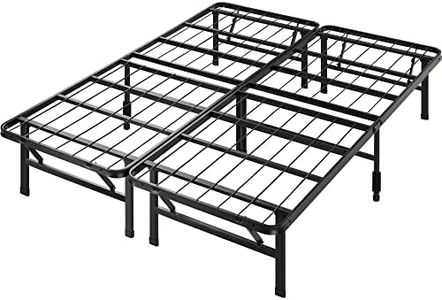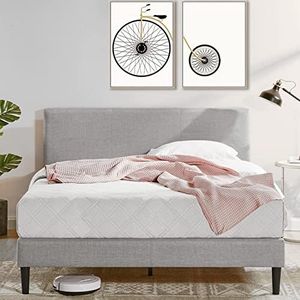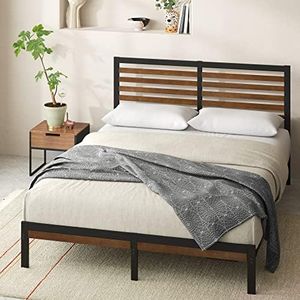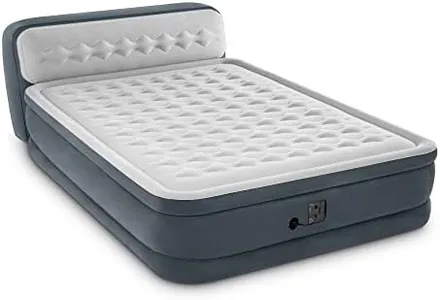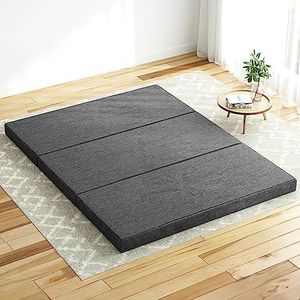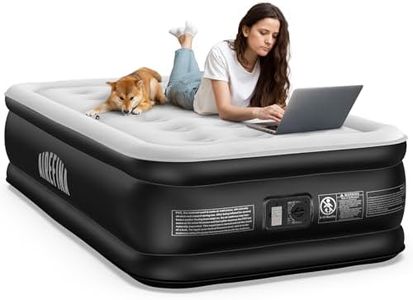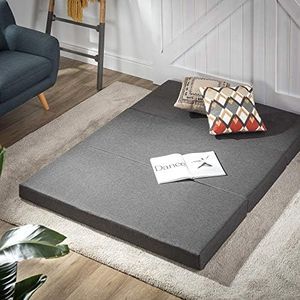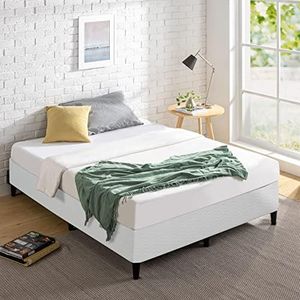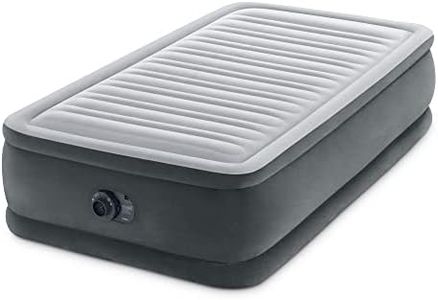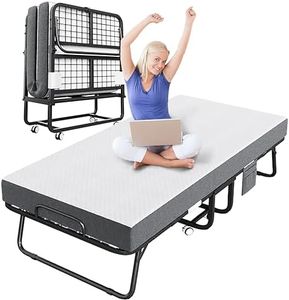We Use CookiesWe use cookies to enhance the security, performance,
functionality and for analytical and promotional activities. By continuing to browse this site you
are agreeing to our privacy policy
10 Best Temporary Beds
From leading brands and best sellers available on the web.Buying Guide for the Best Temporary Beds
Choosing the right temporary bed can make all the difference in comfort and convenience, whether you need an extra sleeping space for guests, for travel, or for occasional home use. Since 'temporary' beds are designed for quick set up and easy storage, think about where and how you'll use it, how much space you have, and how often it'll be used. Focusing on the main features ensures you get a bed that meets your comfort requirements and fits your living area or travel plans.Type of BedThe type of temporary bed you pick determines setup, portability, and where it can be used. Options include air mattresses, folding cots, rollaway beds, futons, or even floor mats. Air mattresses are portable and easy to store, but need inflation; folding cots are quick to set up but may not be as plush; rollaway beds look more like traditional beds but need more storage space; futons can double as seats; and floor mats are lightweight and suitable for very short-term use. Your main goal should determine the type: if you need portability for travel, air mattresses or mats make sense; for guests at home, rollaway beds or futons may work better.
SizeTemporary beds come in different sizes such as twin, full, queen, or even single camp sizes. The importance here is balancing comfort and available space in your room. Twin and single sizes are most portable, good for children or single adult sleepers and tight spaces. Full and queen offer added space but take up more room and are bulkier to store. Think about who will use the bed most and where it will go—pick the smallest size that is still comfortable for your intended uses.
Mattress Material/ComfortThe surface you sleep on significantly affects rest, so look for the material and support. Air mattresses can be adjusted for firmness but may lose air over time; memory foam and spring mattresses on rollaway beds offer better support but are heavier; futon mats usually provide moderate comfort. If the bed will be used often, prioritize thicker and more supportive options. For occasional guests or kids, thinner or simpler mattresses may suffice.
Weight CapacityWeight capacity tells you how much weight the bed can safely support. Standard air mattresses and cots typically hold between 200–400 pounds, while sturdier rollaway beds or double-sized options may support more. Choose a bed that comfortably accommodates the heaviest likely sleeper or sleepers. If the bed will be used by adults regularly, always check this rating to avoid damage or discomfort.
Ease of Setup and StorageThis shows how quickly the bed can be assembled and packed away, and how much space it takes when not in use. Some beds fold in half or roll up for closet storage; others deflate and fit into carry bags. If you'll be setting up often or don't have much storage, look for beds that are easy to move and don't require extra tools.
DurabilityDurability refers to how long the bed will last with repeated use. Materials like thicker PVC in air mattresses, strong metal frames in cots and rollaways, or reinforced stitching in mats all influence lifespans. If you want a bed for frequent guests or you’ll use it yourself a lot, durability becomes more important—choose beds with a reputation for solid construction and longer warranties when possible.

